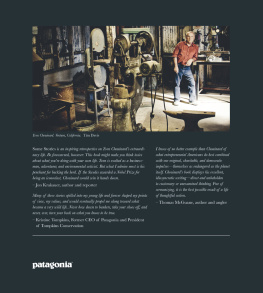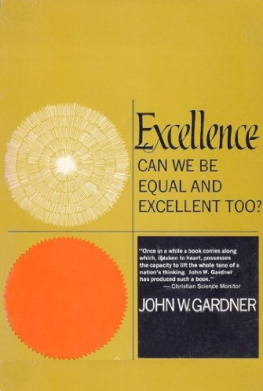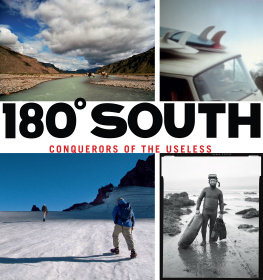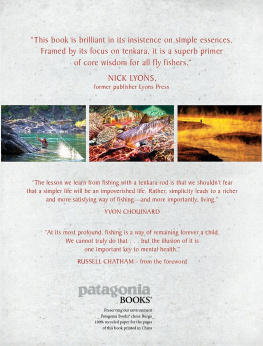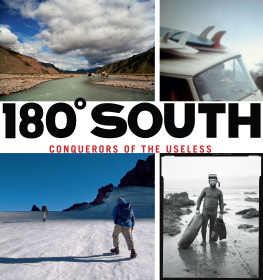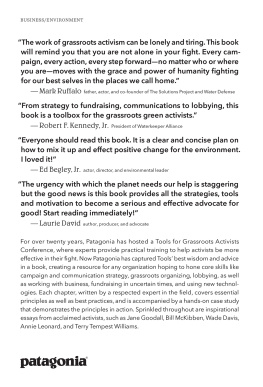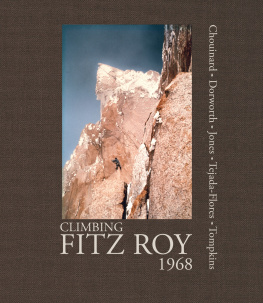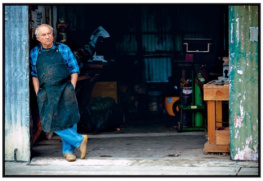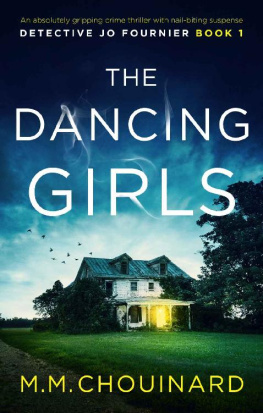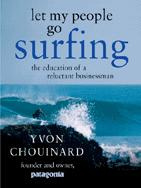ENVIRONMENT/BUSINESS/SPORTS
A master in the art of living draws no sharp distinction between his work and his play, his labor and his leisure, his mind and his body, his education and his recreation. He hardly knows which is which. He simply pursues his vision of excellence through whatever he is doing, and leaves others to determine whether he is working or playing. To himself, he always appears to be doing both. Yvon Chouinard
For nearly eighty years, Patagonia founder Yvon Chouinard has followed his own advice, pursuing sports adventures, business excellence, and environmental activism with equal fervor. Since 1950, he has captured the lessons and revelations hes learned in articles and books, personal letters and poetry, introductions and eulogies.
In this fascinating inside look, Chouinard himself selected his favorites from years of reflection, all accompanied by illustrative photos, many never published before. The result is both more of Chouinards iconoclastic and provocative thinking, his skilled storytelling and sense of humor, and a picture of the evolution of his thoughts and philosophies.
With articles on sports, from falconry to fishing and climbing to surfing, with musings on the purpose of business and the importance of environmental activism, this very personal book is like sitting on the couch with this amazing man, flipping through his photo album as he tells the stories of his life.
Some Stories is an eclectic portrait of a unique life lived well. Yet the final pages of the book indicate that Chouinard will continue to challenge people, business, and the world. He presents the companys new, simple but direct, mission statement, revised for the first time in twenty-seven years: We are in business to save our home planet. With it he emphasizes the urgency of the climate crisis then entreats every persons obligation to reflect on, commit to, and act on this mission.
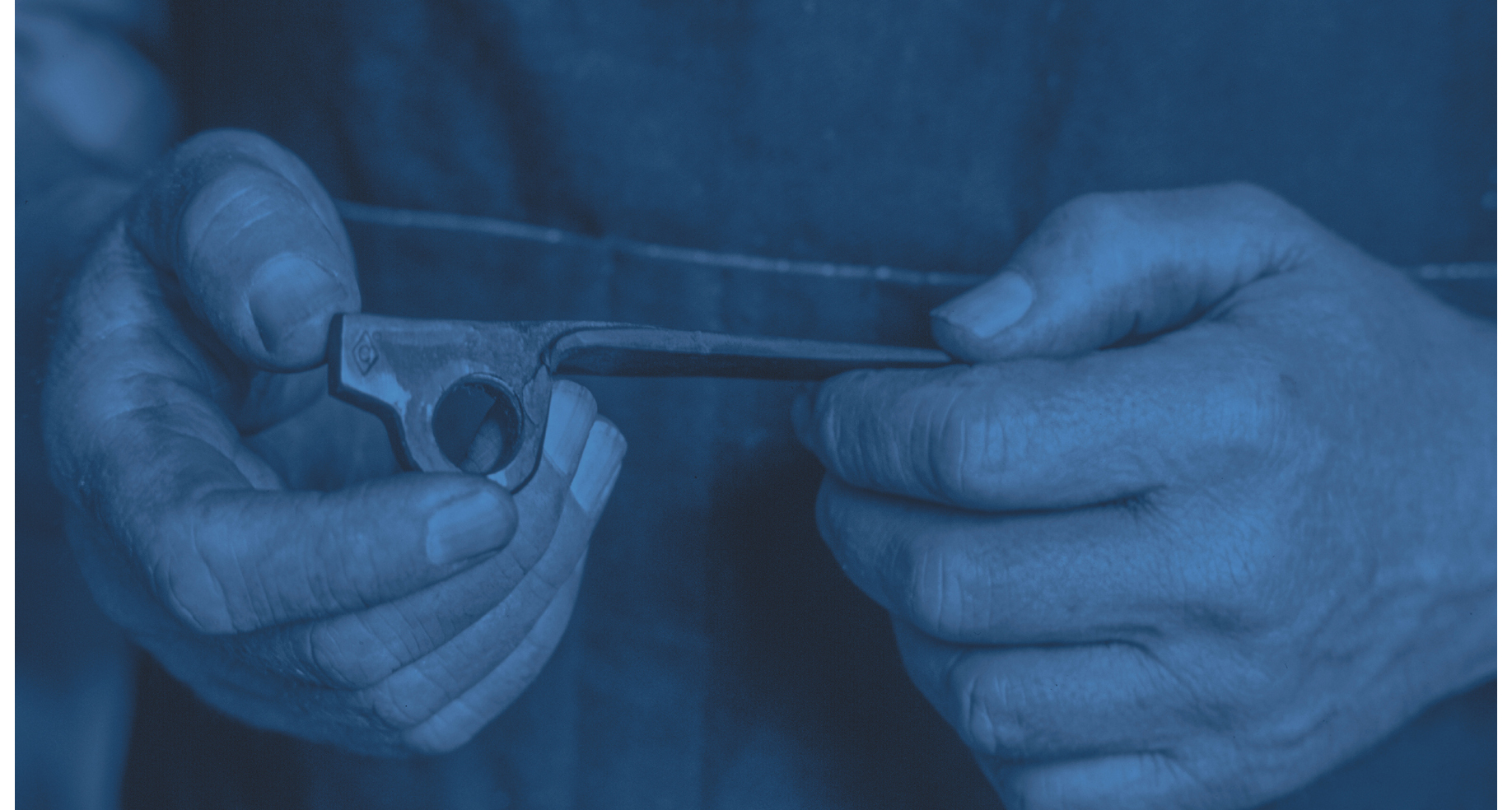

Yvon Chouinard Some Stories
Lessons from the Edge of Business and Sport
Patagonia publishes a select list of titles on wilderness, wildlife, and outdoor sports that inspire and restore a connection to the natural world.
Copyright 2019 Patagonia Works
Text Yvon Chouinard
Photograph copyrights held by the photographer indicated in captions
All rights reserved. No part of this book may be used or reproduced in any manner whatsoever without written permission from publisher and copyright holders. Requests should be emailed to or mailed to:
Patagonia Books, Patagonia Inc.,
259 W. Santa Clara St., Ventura, CA 93001-2717
Hardcover edition
Printed in Canada on 100 percent postconsumer recycled paper
Editor John Dutton
Art Director, Designer Christina Speed
Production Rafael Dunn
Creative Director Bill Boland
Director of Books Karla Olson
Photo Editors Jenifer Ridgeway, Jane Sievert
Project Manager Jennifer Patrick
Photo Archivist Sus Corez
Creative Advisor Jennifer Ridgeway
JACKET PHOTO FRONT: Yvon in the Black Dihedral, North America Wall, El Capitan, Yosemite. Tom Frost/Aurora
JACKET PHOTO BACK: Yvon Chouinard. Ventura, California. Tim Davis
ENDPAPERS PHOTO: The 1972 Chouinard Equipment catalog described Lost Arrows as horizontal pitons incorporating simplicity of design, economy of material, high strength, and classic beauty. Rick Ridgeway
Hardcover ISBN 978-1-938340-82-6
E-Book ISBN 978-1-938340-83-3
Library of Congress Control Number 2019930559

DEDICATION
To all my friends, past and present, who were a big part of these adventures.
ACKNOWLEDGMENTS
A special thank you goes to longtime friend and Patagonia photography editor Jennifer Ridgeway, whose tireless work and creative eye made this book what it is.
Over the years Ive had some badly needed help from various editors and Id like to sincerely thank Charlie Craighead, John Dutton, Nora Gallagher, Vincent Stanley, and Dylan Tomine. Thank you also to Patagonia photo editor Jane Sievert for her work on this book.
Stories
T he Golden Age of a sport is when the most innovation in technique and equipment occurs, and Ive been fortunate to have lived and participated in the Golden Age of many an outdoor sport: spearfishing, falconry, fly fishing, whitewater kayaking, telemark and backcountry skiing, ice climbing, and Yosemite big-wall climbing.
I dont consider myself much of a writer, Im more of a storyteller really. Ive had a pretty rich, adventurous, and, so far, lucky life in which Ive amassed quite a few stories that would be of interest to some people. Thats the reason for this book.
Im a passionate reader, but I rarely read fiction. You have to be a lot more creative to write fiction. Fashion photography is way more difficult than landscape, art more difficult than illustration. Also, I prefer to watch documentary films.
In school, I was tasked with writing an essay titled I, Why. What a horror! I stared at my white sheet of paper for an hour trying to find a cornerstone to build on. But if you tell me to write a five-hundred-word essay on what I ate for breakfast, no problem.
Ive tried to live a simple life focused neither on the past nor future, but on the present. Admitting to myself that Im basically a simple person, Ive tried to keep my words and sentences simple.
Ive found that I get a lot of creative satisfaction from breaking the rules in sport and business. Plus, its a lot easier than conforming and, in the end, leads to better stories.

Yvon on the North America Wall, El Capitan, Yosemite. 1964. Tom Frost/Aurora

Jumaring under the Great Roof, North America Wall, Yosemite. Tom Frost/Aurora

Fifteen-year-old Yvon with an immature red-tailed hawk, Burbank, California. Yvon Chouinard Collection
First published in Extreme Landscape: The Lure of Mountain Spaces by Bernadette McDonald, National Geographic Society, 2002. Also, much of this material appeared in Let My People Go Surfing: The Education of a Reluctant Businessman by Yvon Chouinard, Penguin Books, first edition 2006, updated edition 2016.
W hen I was seven, our family sold our house in the French-speaking town of Lisbon, Maine, and auctioned off all our possessions. The six of us piled into the Chrysler and drove to California. The day after we arrived in Burbank, I was enrolled in public school. Being the smallest boy in class, and unable to speak English, I did the logical thing. On the third day of school, I ran away.
I eventually went back, but ever afterward I remained at the edge of things. Before the other kids in my neighborhood were allowed to cross the street on their own, I was bicycling seven or eight miles to a lake on a private golf course, where I would hide in the willows and fish for bluegills and bass. Later I discovered Griffith Park and the Los Angeles River, where I spent every day after school gigging frogs, trapping crawdads, and hunting cottontails with my bow and arrow.
Next page
